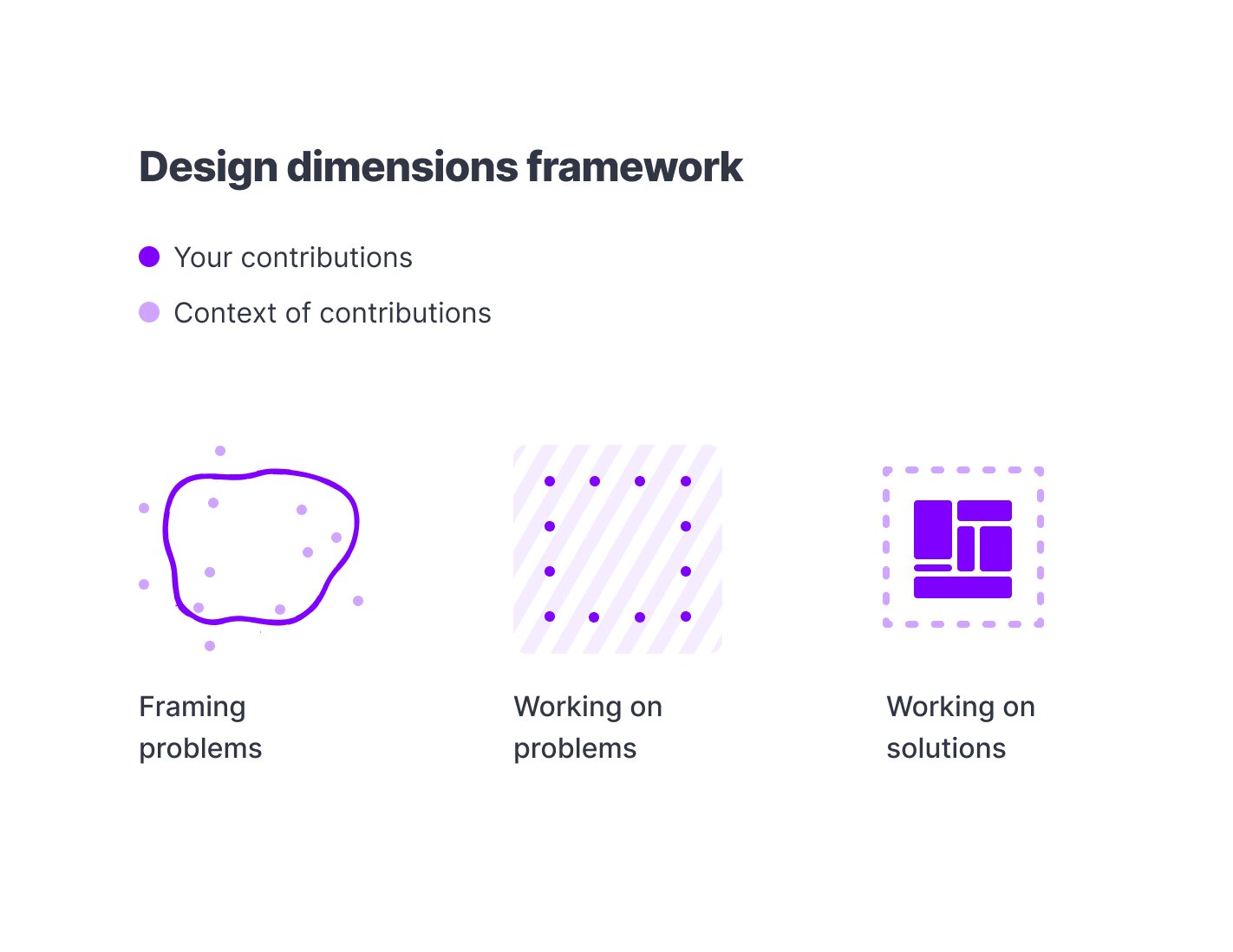Assumption-Based Design: A Key to Product Design Success?
I'm a firm believer in the value of your time, so I want to give you the short version up front - you can then decide if you want to dive deeper into the ideas I've refined over years and read the full post. This isn't about being TL;DR, but about making deliberate choices on what's worth your time.
So, here's the short version to help you decide:
Most people don’t know how to articulate what they want.
When you’re designing solutions, you’ll have to accept that you won’t always have all the information to execute.
Instead of going back and forth, which wastes everyone’s time, create a brief in your head, fill in the blanks with assumptions, and design something you can show. 80% of the time you’ll be 80% there.
The Power of Assumptions in Design
We all know the value of data when it comes to guiding our design, product development, and strategic planning.
Often, it’s believed that designing a product based on assumptions is like walking blindfolded on a tightrope—dangerous and generally a bad idea.
But here's the thing:
Assumptions, when used judiciously, can be a powerful tool in formulating effective design solutions.
The key lies in knowing when and how to use them. Let's dive in.
1. Clarifying the Nature of the Work
In the rush to design and innovate, many teams overlook the fundamental question:
What are we actually designing?
If your team regularly asks this question, well done. For those who don't, the next section is my gift to you:
A Framework for Understanding Design Work
With my nearly two decades of experience in the design field, I’ve created a simple but powerful framework that breaks down design contributions into three dimensions:
Working on solutions
Working on problems
Framing problems
You can read more here —and I have at least 3 more articles in queue on this topic, it’s terribly important 🔥.
In any case, the closer you are to number 1, working on solutions, the more data-driven (or, data-hungry) teams tend to be, and paradoxically, the more they struggle with leveraging this data effectively.
This is where the role of assumptions becomes crucial. But why?
2. The Role of Assumptions
Let's consider a scenario you might be familiar with:
A) You have data from your solution discovery
B) You've ideated a solution you want to pursue
D) You have a solution design ready to be developed or to put in front of users.
C) ?
Experienced designers or leaders will use A and B to craft C: a brief, that guides the development of D.
If you lack experience but have a supportive leader, they'll provide the brief and direction towards the solution.
Without either, experience or guidance, you're likely to face confusion and slow decision-making. The team will scramble for more data. More data will create more noise. Opinions multiply and innovation is gone.
This is where assumptions become valuable. They fill the gaps, providing a starting point for the design process.
3. Missing Link: The Undervalued Brief
I'm not sure why we've stopped talking about briefs.
The significance of a comprehensive brief seems to be overlooked in many current design discussions.
When dealing with solution-oriented work, someone (possibly you) needs to convert the data into a brief. For emerging designers, it's crucial to have a leader who can provide a brief that contains all necessary context, enabling them to make informed assumptions.
Without an effective brief, assumptions are hard to identify and turn into blind guesses, derailing the design process.
This is the key takeaway: The brief is where crucial assumptions are made… not in the concept design. The brief is what interprets data and sets the stage for design.
4. Iterate Only What Needs Iteration
...And only answer the questions that need to be validated.
There will always be unanswered questions or opportunities to provide answers.
One of the benefits of embedding assumptions in the brief is that it reduces the need to solve every unknown. Trying to do so often raises more questions than it answers.
The strategy should be to develop your design based on the brief, and then revisit and evaluate its effectiveness. This targeted iterative process assists in identifying whether there's a need to spend time validating assumptions.
In conclusion,
assumption-based design can be a great thing and we should learn when to apply it.
Assumptions can make you really effective when used correctly, are most valuable when you’re designing a solution, and can be efficiently managed when they’re captured as part of a brief.
Need guidance navigating assumptions? Happy to help, let's chat.







